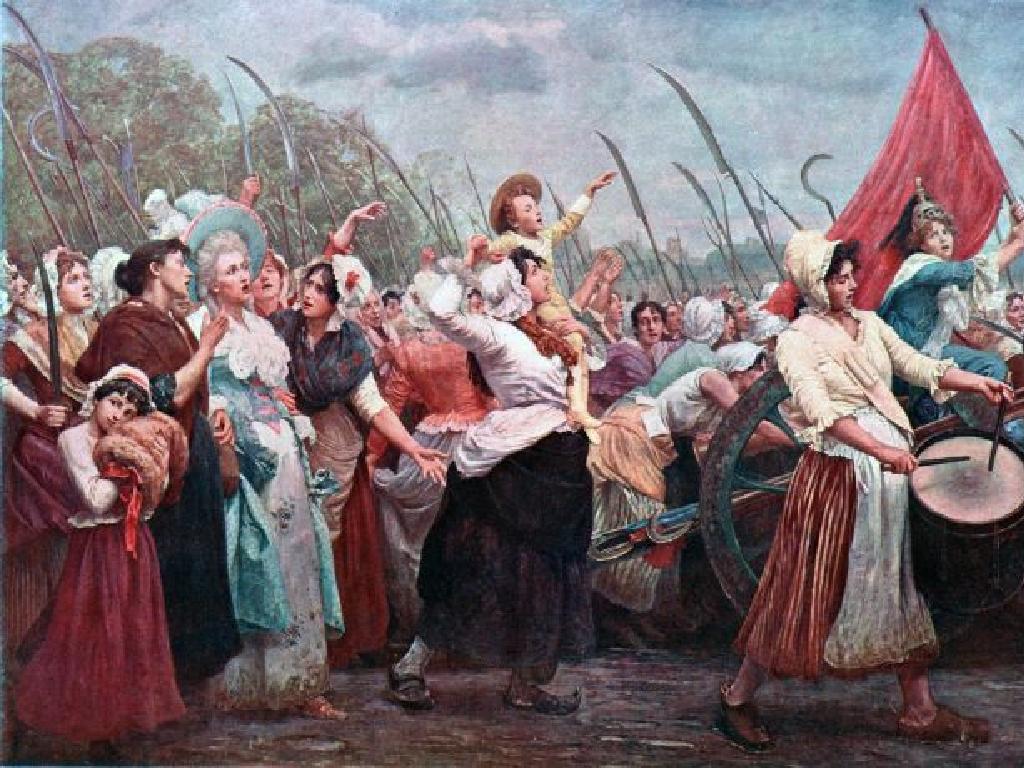Use The Correct Modal Verb
Subject: Language arts
Grade: Fifth grade
Topic: Verb Types
Please LOG IN to download the presentation. Access is available to registered users only.
View More Content
Understanding Modal Verbs
– Welcome to Language Arts!
– Exploring types of verbs
– Verbs express action, state, or being. Today, we focus on modals.
– What are Modal Verbs?
– Modal verbs express necessity, possibility, or permission, e.g., ‘can’, ‘must’, ‘should’.
– The importance of Modal Verbs
– They help us ask for permission, make requests, and more.
|
Today’s class is an introduction to modal verbs, which are a type of auxiliary verb that express possibility, necessity, or permission. These verbs are essential for students to learn as they help to convey different shades of meaning in our sentences. Examples include ‘can’ for ability, ‘must’ for obligation, and ‘may’ for permission. Understanding how to use modal verbs correctly will enhance the students’ writing and speaking skills. Engage the class with examples and encourage them to think of situations where different modal verbs would be appropriate.
Understanding Modal Verbs
– Modal verbs express necessity and possibility
– They show if something is likely, allowed, or obligatory
– Examples: can, could, may, might, must
– ‘Can’ for ability, ‘may’ for permission, ‘must’ for necessity
– Modal verbs don’t change form
– They add meaning to main verbs
– Use ‘can’ to show ability: ‘I can swim.’
|
Modal verbs are a small group of verbs used in English to modify the meaning of the main verb and express possibilities, abilities, permissions, or obligations. They are unique because they do not conjugate for different subjects (I can, you can, he/she/it can) and do not take an ‘s’ in the third person singular form. This slide introduces the concept of modal verbs, provides examples, and explains their grammatical characteristics. Emphasize the importance of understanding the specific meaning each modal verb conveys. Provide additional examples for each modal verb and encourage students to create sentences using different modal verbs to express various meanings.
Using ‘Can’ and ‘Could’
– ‘Can’ shows ability or possibility
– ‘Could’ is past tense of ‘can’
– Also used for polite requests or suggestions
– ‘Could’ for polite requests
– Example: ‘Could you help me with homework?’
– Comparing ‘can’ and ‘could’
– ‘I can swim.’ vs. ‘Could you pass the salt?’
|
This slide introduces the modal verbs ‘can’ and ‘could’ to express different concepts. ‘Can’ is used to talk about someone’s ability to do something or to say that something is possible. ‘Could’ is the past tense form of ‘can’ and is also commonly used to make polite requests or suggestions. Provide students with examples to illustrate the use of ‘can’ for ability (‘I can swim.’) and ‘could’ for polite requests (‘Could you pass the salt?’). Encourage students to think of their own examples and understand the difference in usage between ‘can’ and ‘could’. This will help them to use these modal verbs correctly in their writing and speaking.
Using ‘May’ and ‘Might’ in Sentences
– ‘May’ for permission or possibility
– ‘May I use the computer?’ shows asking for permission.
– ‘Might’ indicates less probability
– ‘It might snow tomorrow.’ shows something less certain than ‘may’.
– Example: Asking for permission
– Example: Expressing uncertainty
|
This slide aims to help students understand the difference between ‘may’ and ‘might’ and how to use them correctly. ‘May’ is used when asking for permission or suggesting a possibility that is likely to happen, while ‘might’ is used for situations that are less probable. Provide examples to illustrate the difference: ‘You may go to recess’ implies permission, and ‘It might rain today’ suggests a lower chance of rain. Encourage students to come up with their own sentences using ‘may’ and ‘might’ to reinforce their understanding. During the next class, review their examples and discuss any misconceptions.
Using ‘Must’ and ‘Should’
– ‘Must’ for obligation or necessity
– ‘Must’ shows something is required, like rules or laws
– ‘Should’ for advice or recommendations
– ‘Should’ suggests a good idea, but not mandatory
– Example: Homework necessity
e.g., ‘You must do your homework.’ – It’s required.
– Example: Eating vegetables advice
e.g., ‘You should eat vegetables.’ – It’s good for health.
|
This slide introduces the modal verbs ‘must’ and ‘should’ to express different levels of necessity and advice. ‘Must’ is used when there is a strong need to do something, often because of a rule or a law. For example, ‘You must stop at a red light.’ On the other hand, ‘should’ is used for giving suggestions or recommendations that are not obligatory but are considered beneficial or wise, such as ‘You should go to bed early to feel rested for school.’ Use the provided examples to illustrate the difference in usage between ‘must’ and ‘should.’ Encourage students to think of their own examples and understand that while ‘must’ implies a requirement, ‘should’ implies a good or helpful choice.
Understanding ‘Will’ and ‘Would’
– ‘Will’ for future events
– Use ‘will’ when talking about something that’s going to happen.
– ‘Would’ for hypotheticals
– ‘Would’ is for imagining situations that are not real.
– Making polite requests
– Ask nicely using ‘would’, like ‘Would you help me?’
– Promises with ‘will’
– When you’re sure about doing something, say ‘I will do it.’
|
This slide aims to help students differentiate between ‘will’ and ‘would’ in various contexts. ‘Will’ is used to express actions in the future or to make promises, indicating a strong intention or certainty. On the other hand, ‘would’ is used for hypothetical situations, which are imaginary or not real, and also to make polite requests. Provide examples to illustrate the use of ‘will’ and ‘would’ in sentences. Encourage students to create their own sentences using both modal verbs to enhance their understanding. Discuss the importance of using the correct modal verb to convey the right meaning in a sentence.
Mastering Modal Verbs in Sentences
– Understanding modal verbs usage
– Modal verbs like can, could, may, express ability, permission, or possibility.
– Identifying modal verbs in context
– Find and explain the modal verb in ‘May I go to the restroom?’
– Practice with modal verbs
– We’ll practice using modals in different sentences together.
– Create your own modal sentences
|
This slide aims to help students understand the concept of modal verbs and their usage in sentences. Modal verbs are auxiliary verbs that express necessity, possibility, permission, or ability. Examples include can, could, may, might, must, shall, should, will, and would. Start by explaining each modal verb and its function. Then, show examples of sentences using modal verbs and ask students to identify them. Afterward, engage the class in an interactive activity where they create their own sentences using different modal verbs, ensuring they grasp the concept of how modals change the meaning of a sentence. Encourage creativity and provide guidance to ensure they use the modals correctly.
Class Activity: Modal Verb Charades
– We’ll play Modal Verb Charades
– Act out scenarios with modals
– Use verbs like ‘can’, ‘must’, ‘should’
– Class guesses the modal verb
– Discuss the usage of each modal
– Why was ‘can’, ‘must’, or ‘should’ used?
|
This interactive class activity is designed to help students understand and practice using modal verbs in a fun and engaging way. Divide the class into small groups and have each group think of a scenario where they can use a modal verb like ‘can’, ‘must’, or ‘should’. They will then act out their scenario without speaking, and the rest of the class will try to guess the modal verb used and its function in the sentence. After each performance, have a brief discussion about why that modal verb was chosen and how it changes the meaning of the sentence. This will reinforce the students’ understanding of modal verbs and their usage in different contexts. Possible scenarios could include showing ability, giving advice, or expressing necessity.
Modal Verbs: Conclusion & Homework
– Congrats on learning modal verbs!
– Homework: Write 10 sentences
– Include different modal verbs like ‘can’, ‘may’, ‘must’, etc.
– Use a variety of modal verbs
– Show how each modal verb changes the meaning of the sentence
– Share your sentences next class
|
Well done on today’s lesson about modal verbs! As homework, students are expected to write ten original sentences, each incorporating a different modal verb. This exercise will help reinforce their understanding of how modal verbs can express necessity, possibility, permission, and more. Encourage creativity and the use of a diverse range of modal verbs. In the next class, students will have the opportunity to share their sentences, allowing them to learn from each other’s examples and further solidify their grasp of modal verbs in context.






